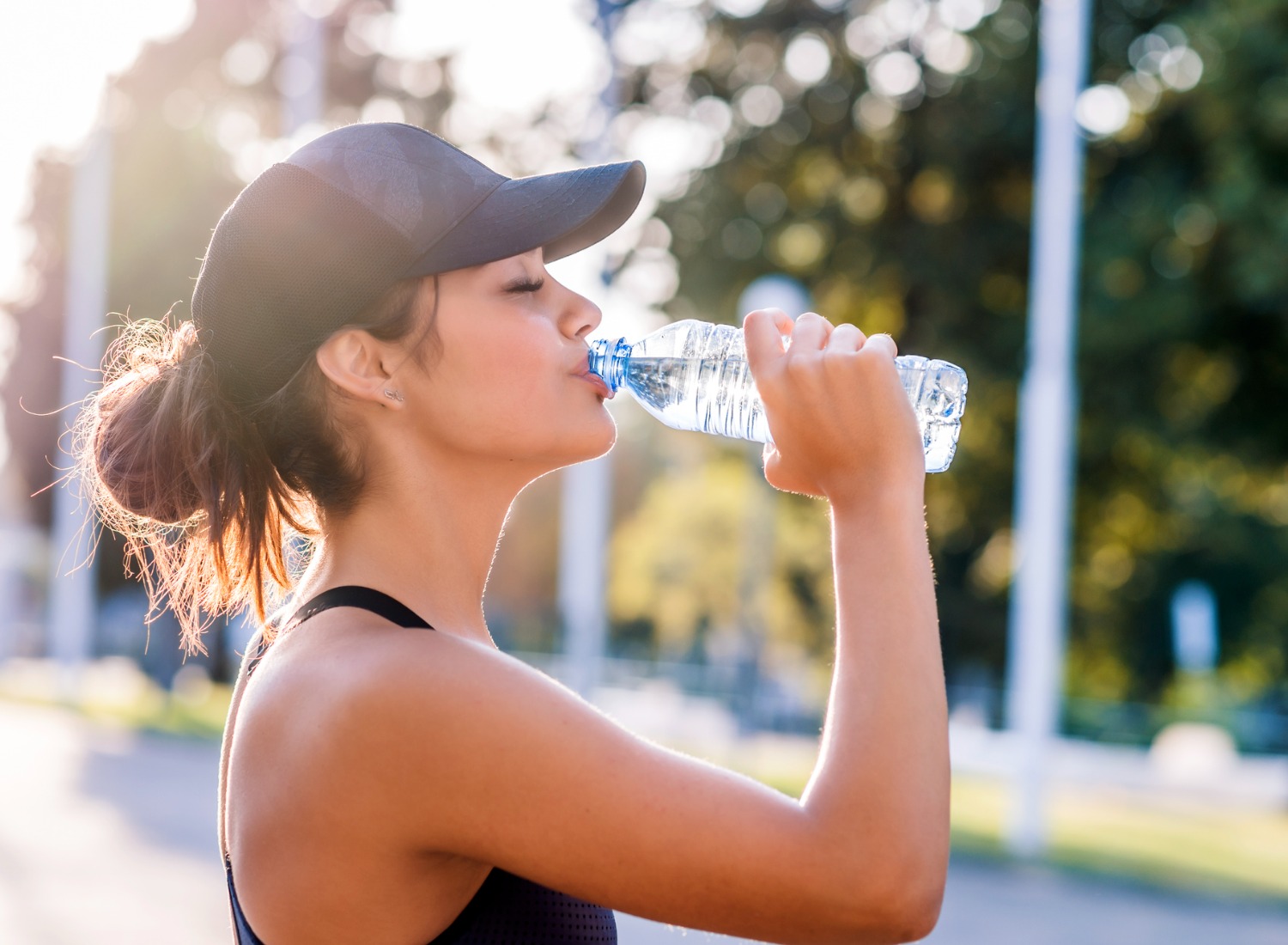What Does BPA-Free Mean and Is It Safe?

In recent years, the phrase “BPA-free” has emerged as a reassuring label on various products, ranging from water bottles and baby items to food containers and even thermal paper receipts. It’s a term that signifies a shift in consumer awareness towards health and safety. But what exactly does “BPA-free” mean, and does it guarantee that a product is safe?
Mounting concerns about the potential health risks associated with BPA exposure have led to questions about the safety of these products. In this article, we will delve into the concept of “BPA-free,” exploring its meaning, the safety it implies, and the broader implications for our health and environment.
Understanding BPA
BPA is a synthetic compound used to manufacture plastics and resins since the 1960s. It’s in a wide range of everyday products, including polycarbonate plastics, epoxy resins, and the lining of food and beverage containers. BPA strengthens plastics and prevents corrosion, making them valuable in many consumer goods.
However, concerns about BPA’s safety have grown over the years. Research has suggested that BPA can mimic the hormone estrogen in the body, potentially disrupting the endocrine system and leading to various health issues. These concerns have prompted a closer look at the use of BPA in products that come into contact with food and beverages, which has led to the rise of BPA-free alternatives.
What Does BPA-Free Mean?
“BPA-free” is a label that indicates a product does not contain BPA or contains it only in negligible amounts that are unlikely to pose a risk to human health. Manufacturers use BPA-free materials, such as alternative plastics and resins, to create products that can be generally considered safe from BPA-related health concerns.
The Safety of BPA-Free Products
While BPA-free products aim to reduce exposure to potentially harmful chemicals, the safety of these alternatives is not always clear-cut. Here are some key points to consider:
Limited Regulation
The regulation of BPA and BPA-free products varies by country and region. Some places have strict guidelines and bans on using BPA in certain products, while in others, regulation is less comprehensive. This inconsistency can make it challenging for consumers to know whether a BPA-free product is safe.
Substitutes and Potential Risks
To replace BPA, manufacturers often use alternative chemicals. While these alternatives may be less studied than BPA, they can have their own concerns. For instance, some studies have raised questions about the safety of certain BPA replacements, suggesting they may have similar hormone-disrupting properties.
Lack of Long-Term Studies
Scientific research is ongoing, and the long-term effects of BPA and BPA-free alternatives are still not fully understood. It can take years or even decades to assess the true impact of exposure to these chemicals on human health.
Risk in Packaging
BPA can be in the linings of food and beverage containers. While BPA-free alternatives are often used, there is still the potential for exposure to other harmful chemicals from packaging materials. For this reason, some experts recommend minimizing the use of canned and packaged foods.
Individual Sensitivity
People may have varying levels of sensitivity to BPA and its alternatives. What might be safe for one person may not be safe for another. This variability in response to chemical exposure adds complexity to the safety assessment of BPA-free products.
Tips for Reducing Exposure
If you’re concerned about BPA and its alternatives, here are some steps you can take to reduce your exposure:
- Choose Glass or Stainless Steel: Opt for glass or stainless steel water bottles and containers for storing and serving food and beverages. These materials are free from BPA and other potentially harmful chemicals.
- Limit Canned and Packaged Foods: Reduce your consumption of canned and packaged foods, as the linings of these containers can still contain chemicals of concern. Choose fresh or minimally processed foods whenever possible.
- Check Labels: Look for BPA-free labels on products that come into contact with food and beverages, such as water bottles and baby bottles. However, remember that this label doesn’t guarantee the absence of other potentially harmful chemicals.
- Use BPA-Free Baby Products: If you have young children, consider using BPA-free baby bottles, sippy cups, and food containers to minimize their exposure to these chemicals.
- Stay Informed: Stay updated on the latest research and regulations related to BPA and its alternatives. As our understanding of these chemicals evolves, so do recommendations for minimizing exposure.
Final Thoughts
The term “BPA-free” signifies a product’s lack of Bisphenol A, a chemical that has raised concerns about its potential health risks. While BPA-free products aim to provide safer alternatives, the safety of these substitutes is not always straightforward. Due to varying regulations, alternative chemicals, and limited long-term studies, consumers must exercise caution and make informed choices to minimize their exposure to potentially harmful substances. Staying informed and adopting practices that reduce exposure to such chemicals can help safeguard your health and well-being.
Elevating the Shopping Game
Our platform offers in-depth reviews and analyses across various product categories, empowering you to shop with confidence and precision. Here, transparency and detailed research pave the way for smart choices that reflect your needs and values. Join our community and elevate your shopping experience from buyer to expert, one report at a time.